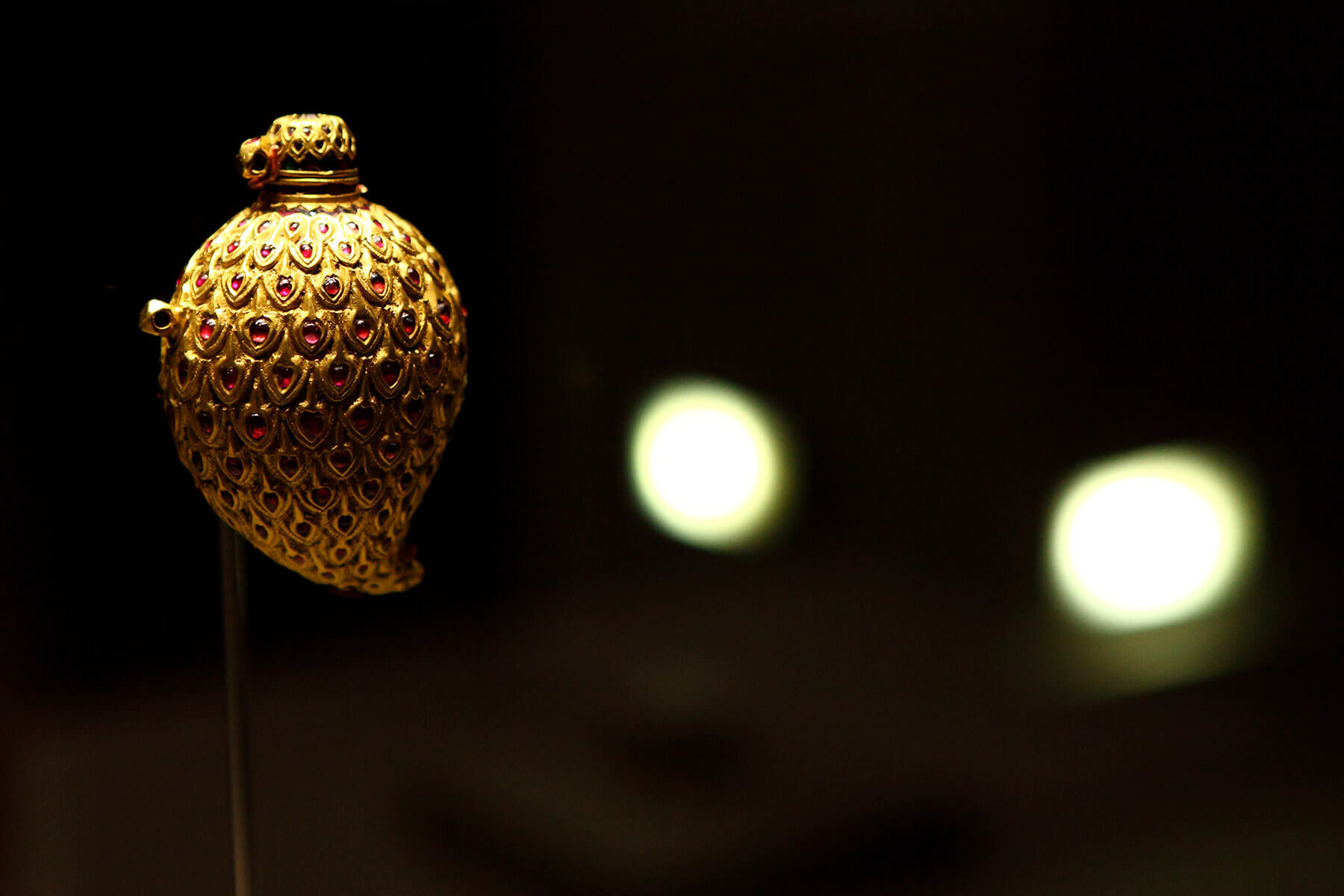
A talk given by
Hussa Sabah al-Salem al-Sabah
Co-owner, The al-Sabah Collection
Director General, Dar al-Athar al-Islamiyyah
17 October 2008, Historians of Islamic Art Association Annual Conference
When I was invited to address this distinguished gathering of historians, scholars and archaeologists, I interpreted the invitation to mean its organizers must have wished to relieve the atmosphere of sobriety and give erudition a chance to recede to back stage.
With no pretence to any academic qualification in Islamic Art, this convenient interpretation of my role suits me to a tee.
I propose, therefore, to give an outline of a personal journey of a Kuwaiti couple in the art of collecting. Having, myself, been captivated for some time by the then controversial mid-twentieth century American art movement (perhaps a sequel of my interest in English literature?), I was totally unprepared for delving in the, then, unfamiliar field of Islamic art.
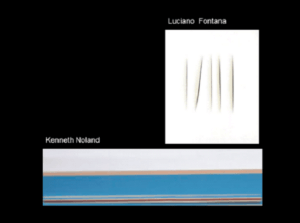

(This, by the way, is what’s left of my Modern American Art collection . . .)
But I’m not here to talk about my interest in Modern art but The al-Sabah Collection: its birth, the various stages of its growth and the pleasures and pains my husband and I experienced in the process of assembling its components.
Historically, the two major forms of art collections have been the religious and the princely, often a combination of the two. This is evident in ancient Egyptian tombs, Hindu temples, Byzantine churches, Cairene mosques, etc.
Essentially, these collections were intended for the glorification of a cult or a sovereign. In those times, art objects and the edifices that housed them formed an integral whole. (This was the cultural fashion, so to speak, in ancient and medieval times).
The al-Sabah Collection does not have this lofty purpose in view: its purpose is more worldly and, I daresay, more in keeping with the spirit of our times: it represents a third, a more modest tradition, if you wish.
The story of The al-Sabah Collection starts in the 1960’s, when my husband, Nasser Sabah al-Ahmad al-Sabah, was a student in Jerusalem. While in that ever-lasting city, he developed an appreciation for the superb works of craftsmen and artisans of early Islamic societies.
However, not until 1975, was Nasser able to acquire an art object originating in his culture; it happened to be this mid-14th century enamelled glass bottle, displayed on a shelf in a London art gallery. It was the first item to catch his eyes and fire his imagination. He admired its graceful shape, its simple lines, its sheer, compelling beauty.
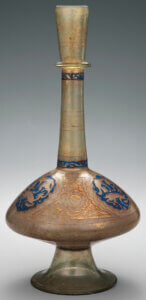
It came either from Egypt or Syria; the two countries being so culturally intertwined. He purchased it on the spot. This fascinating glass bottle marked the birth of The al-Sabah Collection of arts of the Islamic World. From this one single item a random, orderless collection grew.
Unexpectedly, we found ourselves swamped with a wide variety of objects. This, in turn, sparked an interest in the origin and development of these art works.
As he learned more about the subject, curiosity, in time, turned into passion. Meanwhile, casually, Nasser`s enthusiasm proved to be infectious. Soon, from an admirer of the modern American art movement, (as I have already said), I became the next willing victim.
This seeming shift of heart might not be instantly plausible, but it is compellingly explicable. For me, collecting modern abstract art sprang from a personal love for the energy, excitement and mystery of abstract art, a passion that is often as difficult to rationalise as the art itself.
If abstract art is a form of simplified rendering of a reality, then we can easily identify comparable presentations of reality in art from the Islamic world.
As we were happily engaged in the pursuit of this hobby, our private life took a new turn. With an expanding family, our living space was cramped with objects of art on coffee tables and bookshelves and casualties began to mount; chaos began to spread. (I remember holding my breath every time one of the children, while learning to walk, pulled themselves up on the tables. In fact, I kept an inventory of who broke what).
Curiously enough, at this point, and separately from each other, it dawned on us both that art objects were not ordinary possessions, just to acquire, admire and use as a topic of after dinner conversation: they had a greater function to play in life.
Those works of art are not possessions; they are possessors of something valuable and enduring. They are the tangible aesthetic manifestations of a culture and a repository of the artistic history of a civilization; they should be shared to give pleasure to a wider public.
Some people are perhaps inclined to think that vanity and a bid for recognition are behind this kind of effort and that might be true in many cases. Modesty aside, however, we felt enormously impelled from an early stage, that there were cultural and educative pleasures that ought to be shared with an audience beyond one’s own family and friends.
This social function, so to speak, opened up and placed upon us new responsibilities we hadn’t expected. With the growth of the collection, it was imperative to create a nucleus of specialists dedicated to searching for, authenticating, and preserving the wide variety of art we’d collected at that point. In the process of collecting, we learned, enjoyed and suffered a number of things.
Taken seriously, collecting, we discovered, required a lot of time and self- educating. I suppose this is true of all cultural and other activities in which people take an interest, e.g. gardening, archaeology, stamp collecting, music, sports, horse-back riding and so on. The interest that now gripped us was no exception.
As the collection grew in size and expanded in scope, and as a research team was being built up around it, a supportive library became imperative. Likewise, additional professional staff became necessary and was gradually recruited: curators, librarians, art historians, consultants and conservators.
What started as a private hobby, (with some art objects displayed to decorate a home), grew into a jumbled up storehouse, and finally, a fully-fledged museum!
This took place in 1983 when the private al-Sabah Collection was moved from our home to the largest building of the Kuwait National Museum compound and henceforth became known as Dar al-Athar al-Islamiyyah. It remained there until August 1990.
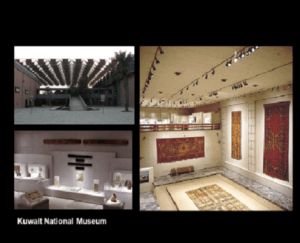
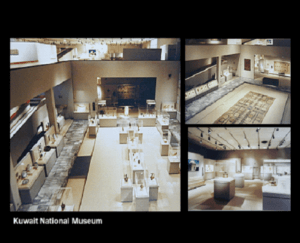
During the years leading up to 1990, we learned other things as well. We learned that sharing was a pleasure on its own. We found comparing notes with others, e.g., individuals, groups and institutions, who had similar interests, was as rewarding as it was necessary.
(Parenthetically, this was not confined to our field, art from the Islamic world, especially; contact with like-minded enthusiasts, introduced us to people from various walks of life and cultural backgrounds. We met with people from the Far East, South East Asia, Europe, the Americas, not to mention the wider Muslim world. It was a unique pleasure we did not expect; it came accidentally. It was as thoroughly enjoyable as it was enormously beneficial).
Learning necessarily involves a process of trial and error; this process can be amusing at times. Commonplace facts appear as unique discoveries.
One such elementary “discovery”, we made for instance, was that to be effective and meaningful, exhibiting should always have well-defined historical and thematic contexts. Otherwise, your exhibition turns into an oriental bazaar. This obvious fact came as a result of transforming a personal hobby into an educational institution.
Another, less obvious, even a trickier lesson we learned was how to fend off craftily presented counterfeits. I must admit that in verifying the authenticity of some of such forgeries we learned a lot; (alas, it was an expensive way to learn).
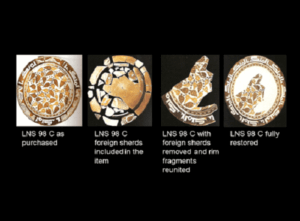
The learning curve continues, needless to say; that’s what’s known as life experience, I suppose. These and other difficulties made the challenge more intriguing. While it didn’t put us off; it did make us more circumspect.
With time, (little by little), we gleaned some more interesting information in this field: we learned the idiosyncrasies of some of the eminent artists, craftsmen…etc. who dominated different periods or regions.
For instance, an outline of a picture was beginning to emerge as to the variety of techniques employed, the various traits and predilections of some artists, the groups of disciples gathered around each master, the conditions under which their work was performed, their social standing, their benefactors…. etc.
In the field of Western art, decades of research had already yielded a mine of information of this kind; this data had already been accumulated, researched and assimilated by students of art history.
In the world of art, Islamic art is a relatively new field. Tradition has been ambivalent with regard to arts.
Orthodoxy treated the arts disdainfully; only the affluent, the governing classes, the privileged few, the dandies, embraced works of arts. Until very recently, that is until Western scholarship began gingerly to explore this field, the history of art in the Muslim world was hardly a worthwhile intellectual pursuit for scholars to devote their lives to studying. Hence the importance of every scrap of data one casually stumbles on. In our endeavour to build up The al-Sabah Collection, we hope and believe, we have contributed, albeit in a very modest way, to giving the study of the history of Islamic arts some kind of an impetus. (This too was another coincidental pleasure we enjoy but did not expect).
Gratified, as we were, with the enthusiastic response of art historians, connoisseurs, scholars and the public at large who thronged to see part of the collection when it was exhibited in Paris, London, Madrid, Berlin, New York, Florence, St Petersburg, Sydney …etc, our thrill, however, reached its height when we witnessed the reaction of the public in our own region.
This is because, to date, (as was just pointed out) Islamic arts had received no more than marginal interest in the Muslim world. It appears that The al-Sabah Collection has awakened an hitherto unknown desire among the people, the descendents of the people for whom this art was created, to learn more, to appreciate the great achievements of its fine artists and to discover the merits and beauties of the treasures from its past.
Interestingly enough, other states in the region are beginning to show identical attention to this long neglected but fascinating field. Museums dedicated to art from the Islamic world are being built in Qatar, Abu Dhabi and Dubai. All have set goals of promoting and stimulating cultural awareness in those whose history is reflected, in part, in the collections exhibited in the galleries, as well as of those who have little or no knowledge of Islam’s contribution to world culture.
This, I submit, attests to the success of the Kuwaiti endeavour. It is a unique experiment and it is exhilarating to see that it inspired others to follow suit. If nurtured and carried to its logical conclusion, it may well mark a burgeoning Islamic Renaissance.
It’s axiomatic that pleasure does not come pure and simple all the time. More often than not it comes mixed with pain, sometimes even with trauma.
Trauma came our way too. The Iraqi invasion in 1990 was an ordeal that almost wiped out our past pleasure. However, I shall not dwell on this unhappy experience here; it could have been worse, I suppose.
Going back to happier times, no doubt we have a long way to go in this field. But the essential thing is a beginning has been made; a tradition has now been established and was well-received by the specialists as well as the public at large. There is now no going back; it can only go forward.
With the return of the collection from Baghdad in 1991, albeit, with considerable loss and huge damage, we are now in the process of rehabilitating the Kuwait National Museum and expect the Dar al-Athar al-Islamiyyah to reopen in 2011.
Until then, we continue to face and address the challenges of sharing not just the collection, but also the history and culture that led to the creation of the pieces in the collection, with scholars and, perhaps more important, with people interested learning more about art and the Islamic world.
It is a good thing the pleasure far outweighs the pain, because the work never stops.
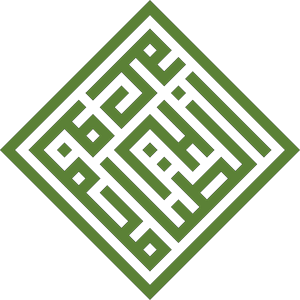
About Us
Archive
Collection
Publications
Subscribe to news about Dar al-Athar al-Islamiyyah and The al-Sabah Collection, Exhibitions, Courses and Events
Subscribe to news about Dar al-Athar al-Islamiyyah and The al-Sabah Collection, Exhibitions, Courses and Events